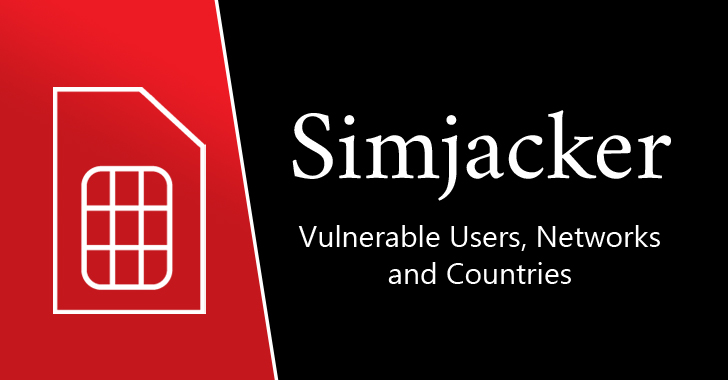Security researchers disclosed a new attack dubbed Simjacker, that can be exploited by sending an SMS containing a specific type of spyware codes.
The vulnerability found to be actively exploited for more than 2 years by a private company that works for the government to monitor the individuals.
How the Simjacker Attack Works
The Simjacker attack starts with an SMS message that includes spyware-like code sent to the targeted recipient’s mobile phone, which instructs SIM card to send another SMS with details such as location/terminal information, without any user interaction.
The attack abuses S@T Browser(SIMalliance Toolbox Browser) functionality on the SIM card to trigger the commands that are sent to the handset and the responses to the command are stored temporarily in the SIM card.
Then once it obtains relevant information from the handset, another proactive command sent to the headset instructing to send an SMS with the information collected. The collected information includes location and IMEI number of the headset.
According to AdaptiveMobile Security research, other types of attack are also possible using the S@T Browser, including location tracking, fraud, denial of service, malware spreading and call interception.
“AdaptiveMobile Security research indicates that the Simjacker vulnerability could extend to over 1 billion mobile phone users globally, potentially impacting countries in the Americas, Africa, Europe, the Middle East and indeed any region of the world where this SIM card technology is in use. “
The vulnerability is due to the improper validation of messages that use ” S@T Browser, and SIMs allow data download via SMS.”
This attack is also unique, in that the Simjacker Attack Message could logically be classified as carrying a complete malware payload, specifical spyware reads AdaptiveMobile Security report.
Who is Conducting this Attack
AdaptiveMobile said that the attack was conducted by a private company working for the government, also the same company has control over SS7 core, because when Simjacker attack failed they are targeted using SS7 attacks.
“In one country we are seeing roughly 100-150 specific individual phone numbers being targeted per day via Simjacker attacks, although we have witnessed bursts of up to 300 phone numbers attempting to be tracked in a day, the distribution of tracking attempts varies.”
The attack targets all the devices including Apple, ZTE, Motorola, Samsung, Google, Huawei, and even IoT devices with SIM cards.









